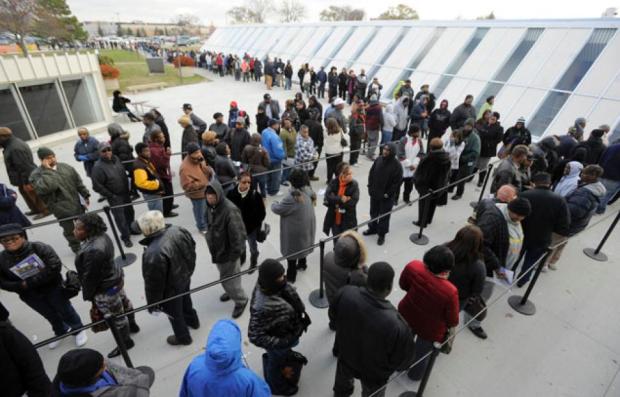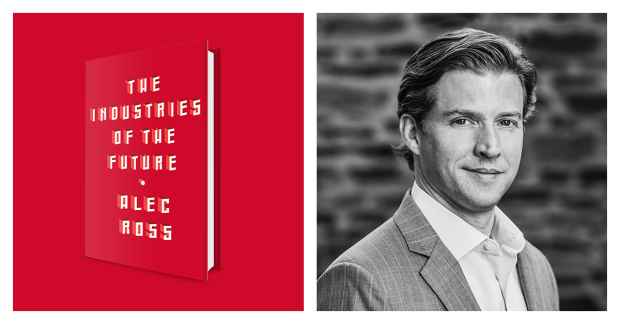Originally published by the Harvard Ash Center

From online services like Netflix and Facebook, to chatbots on our phones and in our homes like Siri and Alexa, we are beginning to interact with artificial intelligence (AI) on a near daily basis. AI is the programming or training of a computer to do tasks typically reserved for human intelligence, whether it is recommending which movie to watch next or answering technical questions. Soon, AI will permeate the ways we interact with our government, too. From small cities in the US to countries like Japan, government agencies are looking to AI to improve citizen services. This paper explores the various types of AI applications, and current and future uses of AI in government delivery of citizen services, with a focus on citizen inquiries and information. It also offers strategies for governments as they consider implementing AI. Read my report here.
Also featured in:
As Artificial Intelligence grows in government, experts urge caution, Governing
AI needs to be implemented carefully, Federal News Radio
Feds look to AI solutions to solve problems from customer service to cyber defense, GovTechWorks
How AI can free humans from government’s most boring jobs, GovernmentCIO
Artificial Intelligence in Government, StormVentures
Six strategies to help governments start off on the right foot with Artificial Intelligence, GovTech (reposted from Data-Smart City Solutions)
Artificial intelligence: 6 steps government agencies can take, StateScoop
AI: Coming to a government office near you, Government Innovators Network
Study: Government should think carefully about those big plans for artificial intelligence, GovTech
Feds shouldn’t use AI just because it’s cool, Federal Times
Agencies should watch out for unethical AI, report warns, NextGov
AI strategies for improving citizen services, GCN
AI for citizen services and government: here’s an action plan, AI Trends












